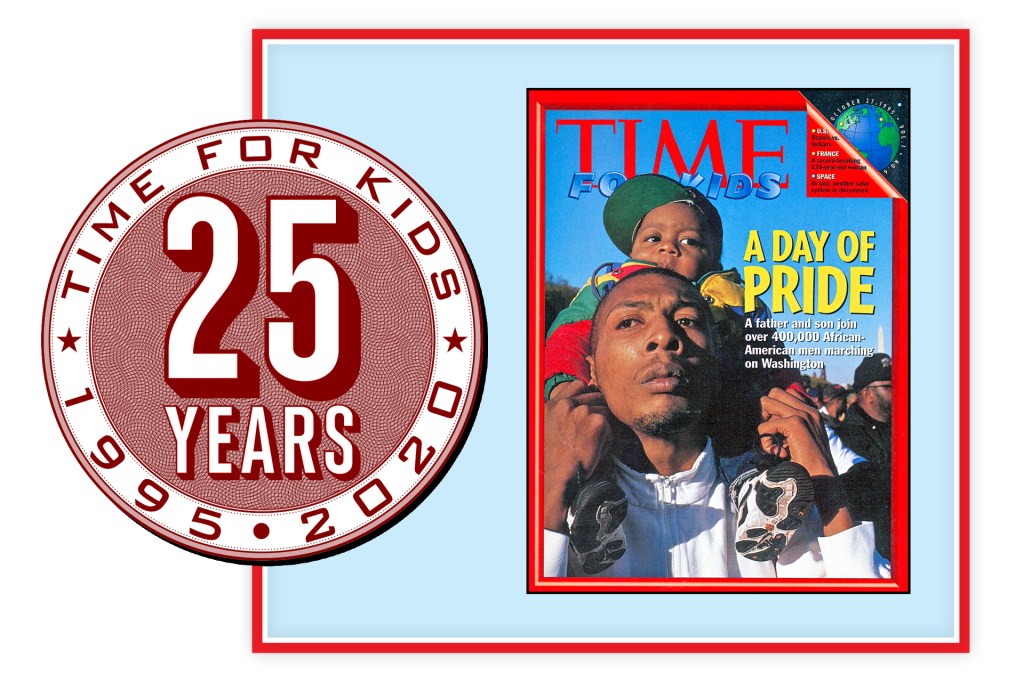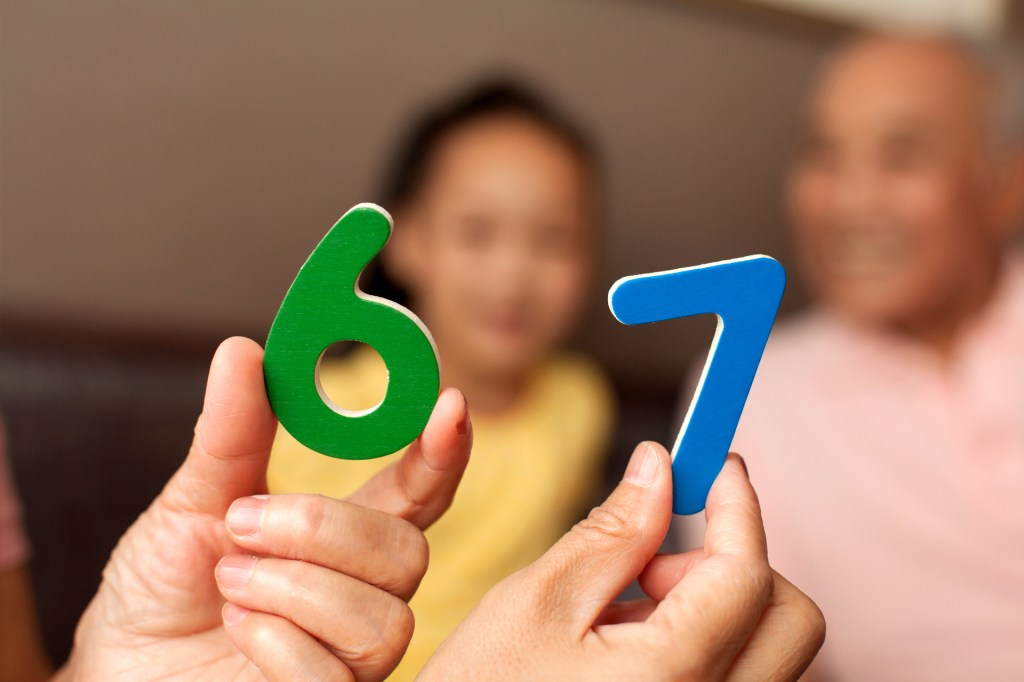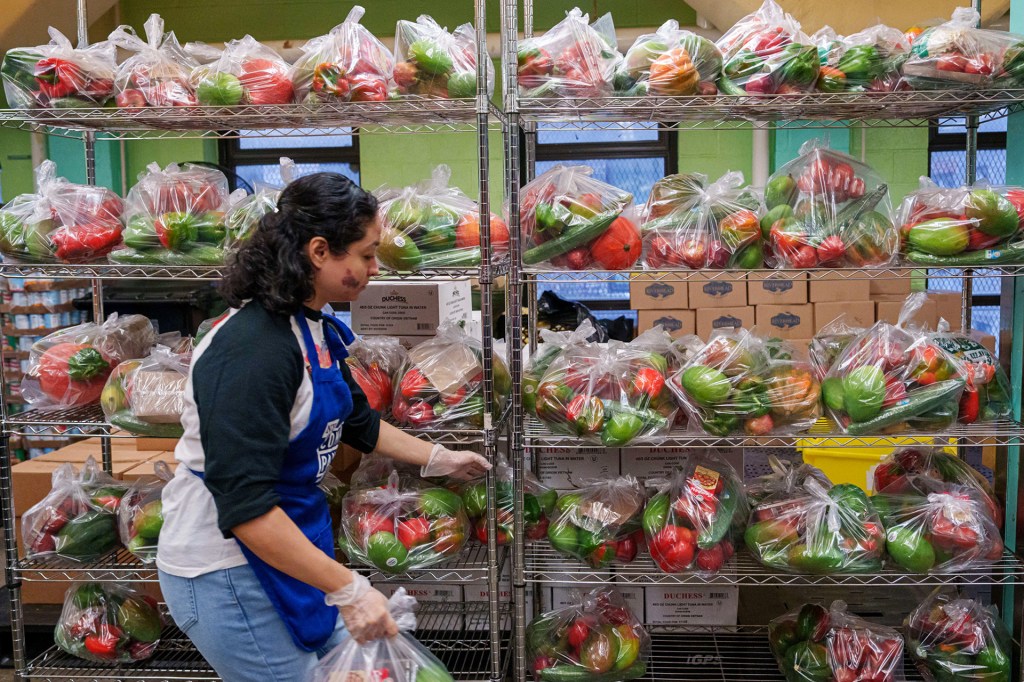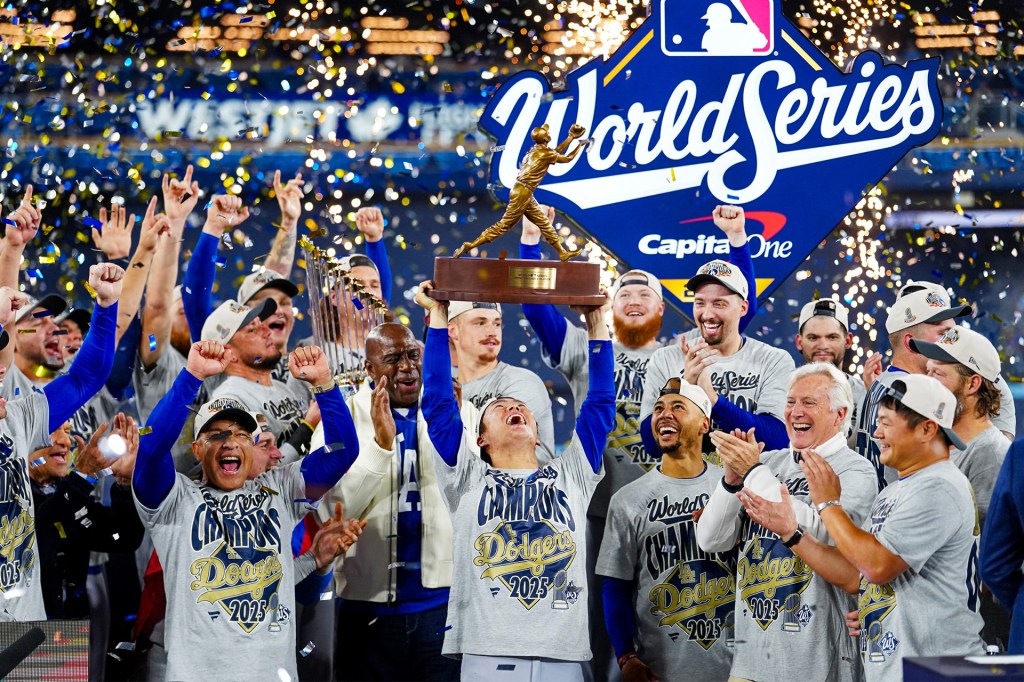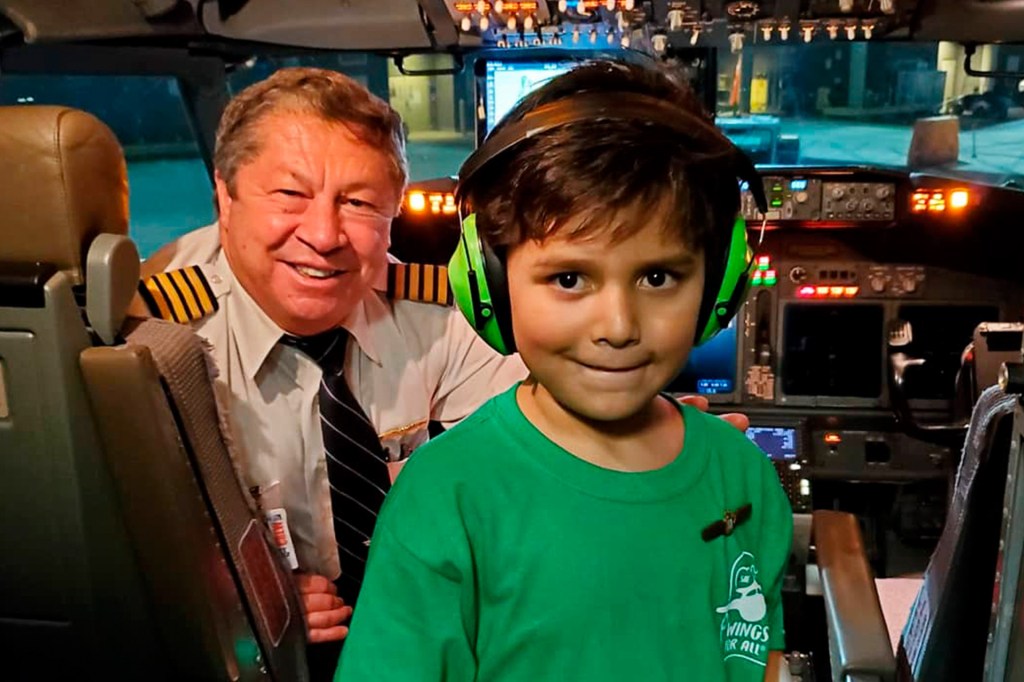On the March
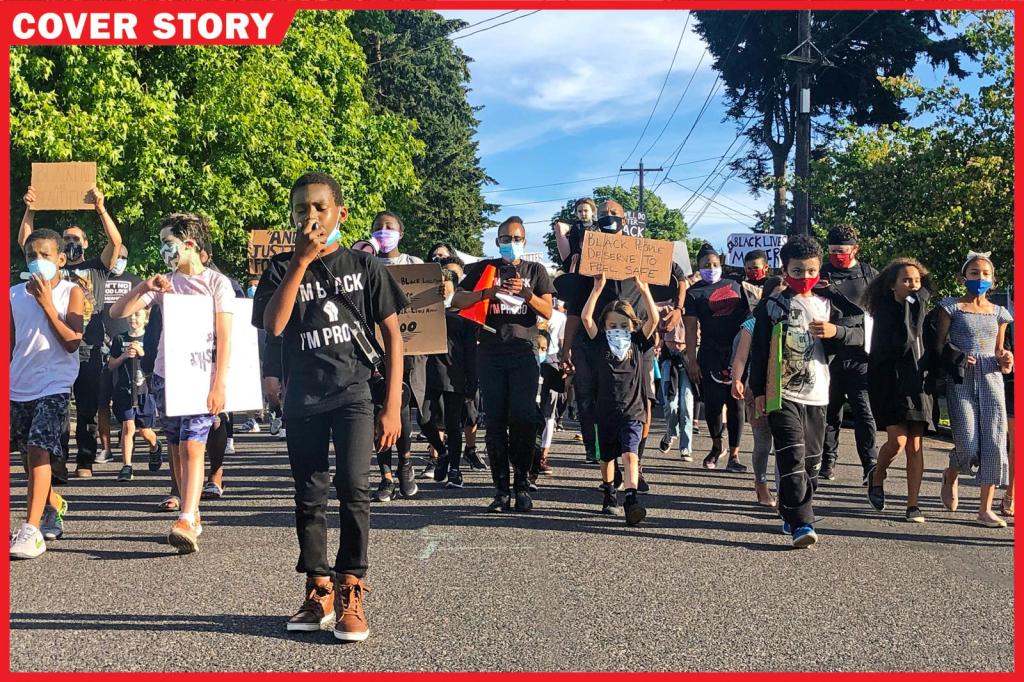
On August 28, thousands gathered in Washington, D.C., for the March on Washington 2020. They were protesting the unjust treatment of Black people. For months, marches have taken place in the United States. They started after a man named George Floyd was killed by police in Minneapolis, Minnesota, in May.
“Equality is why we are here today,” Yolanda Renee King told the crowd. “We stand and march for love. And we will fulfill my grandfather’s dream.”
Yolanda is 12. She’s the granddaughter of Martin Luther King Jr. She spoke on the same date that King gave his “I Have a Dream” speech, 57 years ago. That was during the 1963 March on Washington, a milestone in the struggle for civil rights.
Like the 1963 march, this year’s march attracted a diverse
diverse
 COURTESY WE NEED DIVERSE BOOKS
varied; assorted
(adjective)
The student body is very diverse.
group of all ages, including kids. Young people have played an important role in the civil rights movement for decades. They continue to be leaders in the fight for social justice
social justice
COURTESY WE NEED DIVERSE BOOKS
varied; assorted
(adjective)
The student body is very diverse.
group of all ages, including kids. Young people have played an important role in the civil rights movement for decades. They continue to be leaders in the fight for social justice
social justice
 MARLA AUFMUTH—GETTY IMAGES/MASSACHUSETTS CONFERENCE FOR WOMEN 2019
equal rights and opportunity for everyone
(noun)
Malala Yousafzai promotes social justice by fighting for equal rights for girls around the world.
.
MARLA AUFMUTH—GETTY IMAGES/MASSACHUSETTS CONFERENCE FOR WOMEN 2019
equal rights and opportunity for everyone
(noun)
Malala Yousafzai promotes social justice by fighting for equal rights for girls around the world.
.
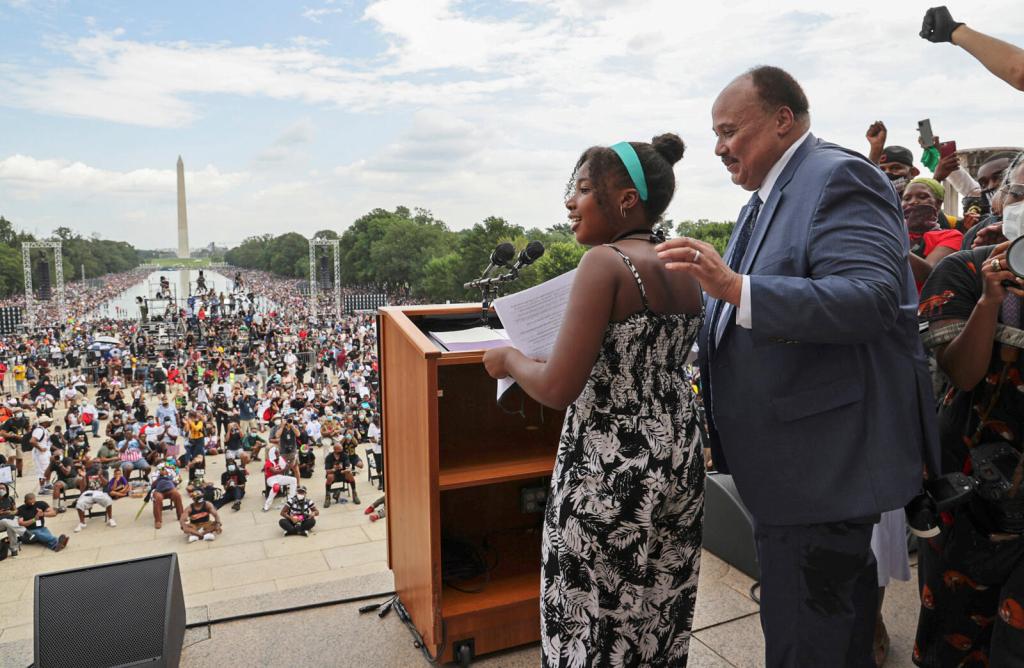
YOUTH LEADS Yolanda Renee King and her father, Martin Luther King III, stand before the crowd of thousands that gathered on August 28 for the March on Washington 2020.
JONATHAN ERNST—POOL/GETTY IMAGESA Look at History
In May 1963, thousands of Black kids in Birmingham, Alabama, joined the Children’s Crusade. They walked out of school to protest segregation
segregation
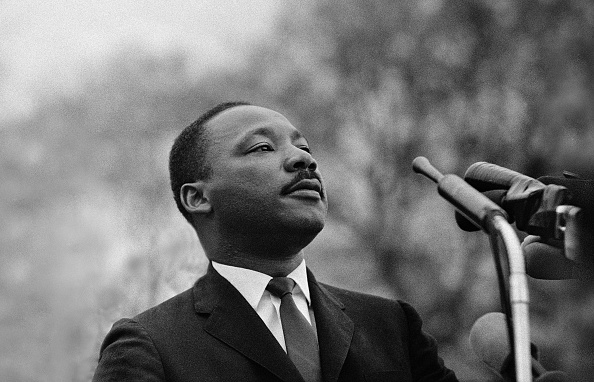 STEPHEN F. SOMERSTEIN—GETTY IMAGES
the policy of keeping people from different groups apart
(noun)
Martin Luther King Jr. fought to end segregation.
. They marched, singing, “I ain’t gonna let nobody turn me round.”
STEPHEN F. SOMERSTEIN—GETTY IMAGES
the policy of keeping people from different groups apart
(noun)
Martin Luther King Jr. fought to end segregation.
. They marched, singing, “I ain’t gonna let nobody turn me round.”
Freeman Hrabowski was 12 at the time. He decided to march when Martin Luther King Jr. visited his church. King asked kids for their help. “He believed in us, that we had a role to play,” Hrabowski told TIME for Kids.
Hrabowski’s parents let him march. They were aware of the dangers that existed at the time. But they felt it was worth the risk. Some of the marchers were arrested. They spent a few days in jail. Hrabowski was one of them.
The march worked. Americans watched it on television. They saw how police treated kids in Birmingham. “More people began to talk about how bad things were,” Hrabowski says.
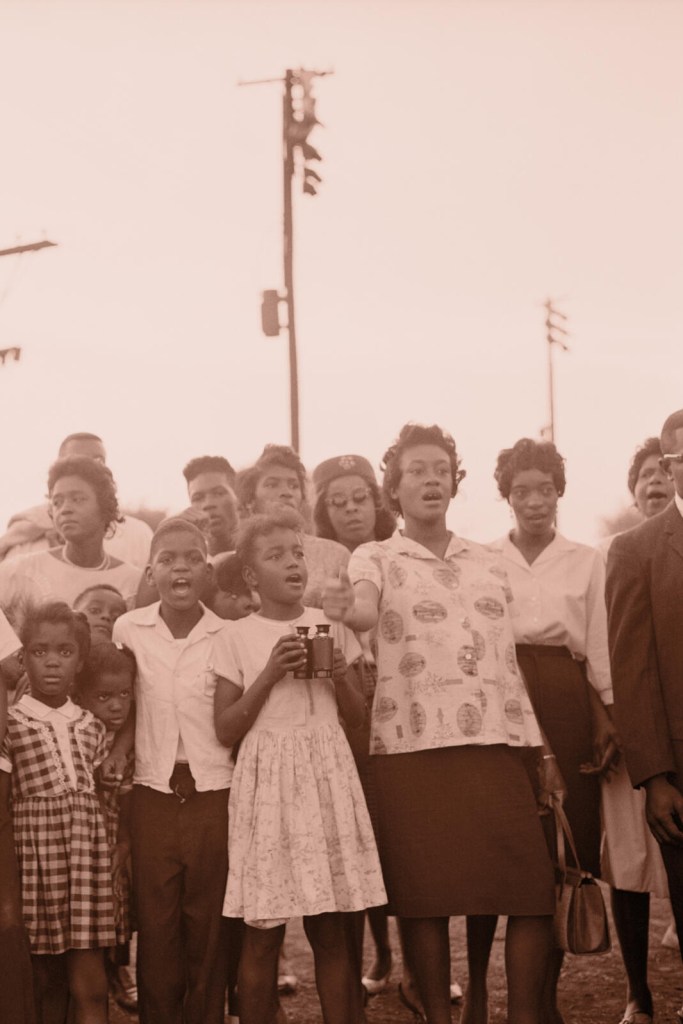
STEPPING UP Children lend their voices to protests in Birmingham, Alabama, in May 1963. They were calling for an end to segregation. Their participation drew widespread support for civil rights.
FRANK ROCKSTROH—MICHAEL OCHS ARCHIVE/GETTY IMAGESThe civil rights movement gained support. The 1963 March on Washington took place a few months later. It drew 250,000 people. It pushed the U.S. Congress to outlaw discrimination
discrimination
 ARIEL SKELLEY—GETTY IMAGES
treating one group differently from another
(noun)
Discrimination on the basis of race or gender is illegal in the workplace.
against Black people.
ARIEL SKELLEY—GETTY IMAGES
treating one group differently from another
(noun)
Discrimination on the basis of race or gender is illegal in the workplace.
against Black people.
Positive Change
Americans are still fighting racism. And children are still speaking out. Kids’ marches have taken place in cities all over the country, including Kirkwood, Missouri; New Orleans, Louisiana; and North Las Vegas, Nevada.
Aidan Carter is 10 years old. He’s in fifth grade. Aidan’s mom let him organize a march in Portland, Oregon, in June.
Portland has seen many protests lately. Some of the protests have turned violent. But Aidan’s march was different. Many of the hundreds who joined him were kids. They came with their families. Some rode bikes. Bullhorn in hand, Aidan led the crowd in a chant: “Black Lives Matter.”
“I felt like one of the big people,” Aidan says. “Even though you’re little, you can still be brave and stand up for rights.”
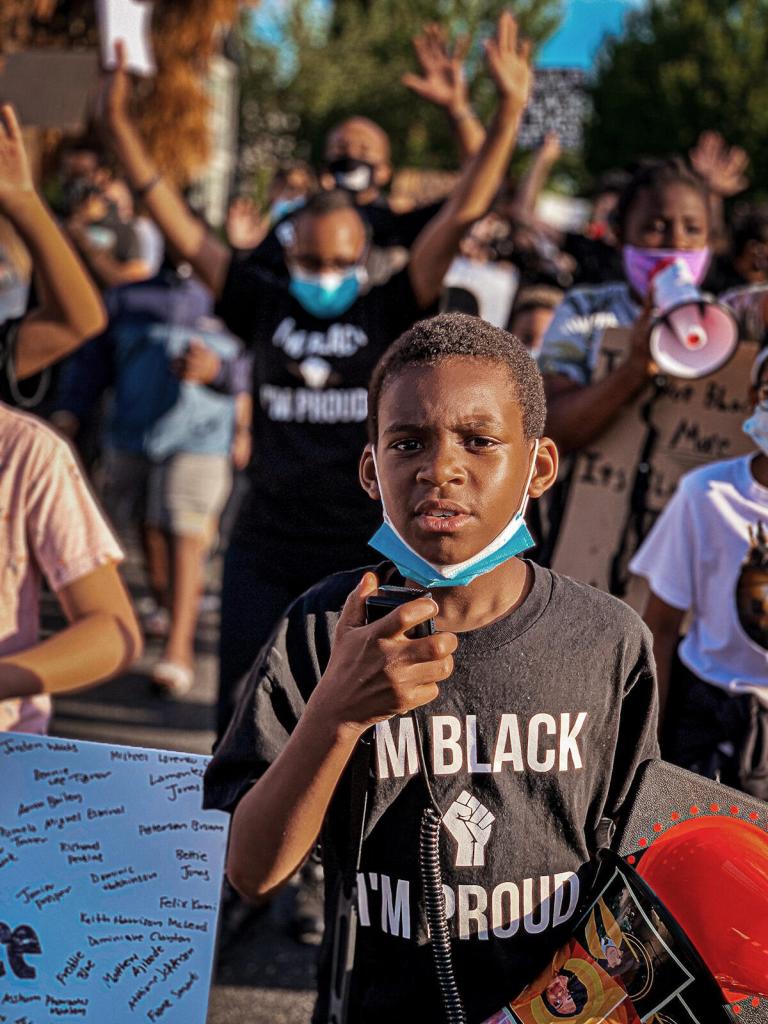
FACE OF CHANGE Aidan Carter, 10, leads a kids’ march against racism in Portland, Oregon, on June 17.
ALISHA CARTERAidan’s mom, Alisha Carter, is proud of her son. “Sometimes, you have to do tough things to help your community,” she says. “It’s important for Aidan to see that he can make a positive change.”
Speaking Up
Also in June, hundreds of young people attended a kids’ march in Saint Paul, Minnesota. Baylor Peterson, 11, joined in with her parents and sister. “Little kids are smart enough to see that racism is not okay,” Baylor says.
Saunya Peterson is Baylor’s mom. “We want our daughters to be aware of the privilege
privilege
 ARIEL SKELLEY/GETTY IMAGES
a right or benefit that is given to some people and not to others
(noun)
In my school, recess is a privilege that can be taken away if a student misbehaves.
they carry [as white people],” she says. “They should use their voice and power to help others.”
ARIEL SKELLEY/GETTY IMAGES
a right or benefit that is given to some people and not to others
(noun)
In my school, recess is a privilege that can be taken away if a student misbehaves.
they carry [as white people],” she says. “They should use their voice and power to help others.”
Maggie Barnes organized the march. She owns a day-care center in Saint Paul. She wanted to give kids a safe way to voice their feelings. “Children have a lot to say, if they’re given a chance,” Barnes says. “They have a right to be seen, to be heard.”
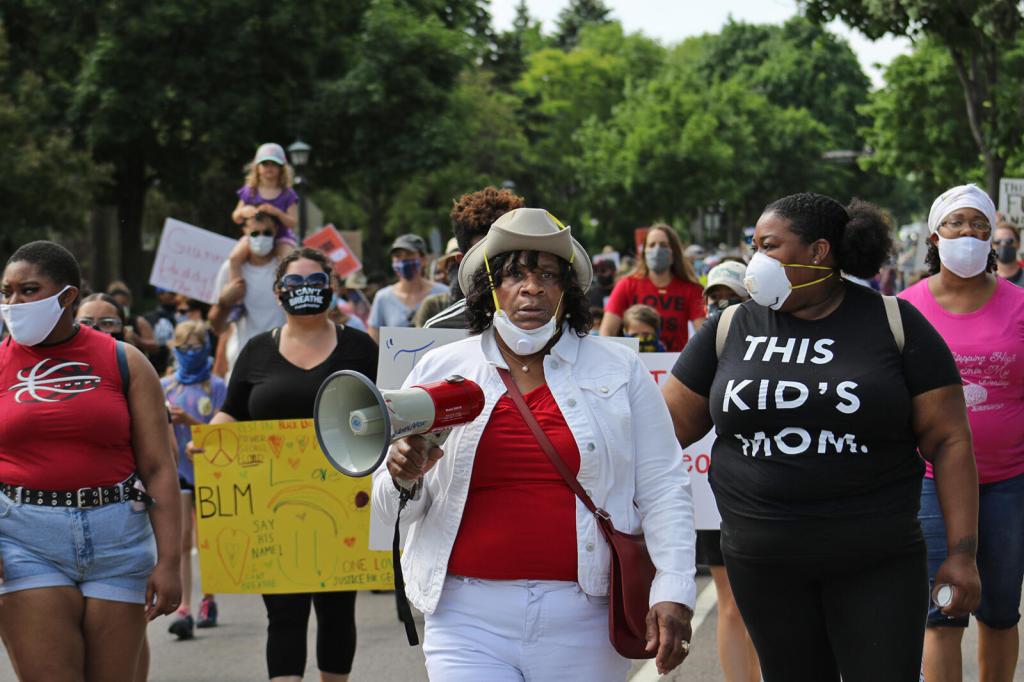
FOR THE KIDS Maggie Barnes leads the June march in Saint Paul, Minnesota. Kids have a “right to be seen, to be heard,” she says.
SAUNYA PETERSONBetter Tomorrow
The kids’ marches, and the March on Washington 2020, remind Freeman Hrabowski of something Martin Luther King Jr. told him and other young protesters in 1963: “Tomorrow can be better than today.” For Hrabowski, that has proven true.
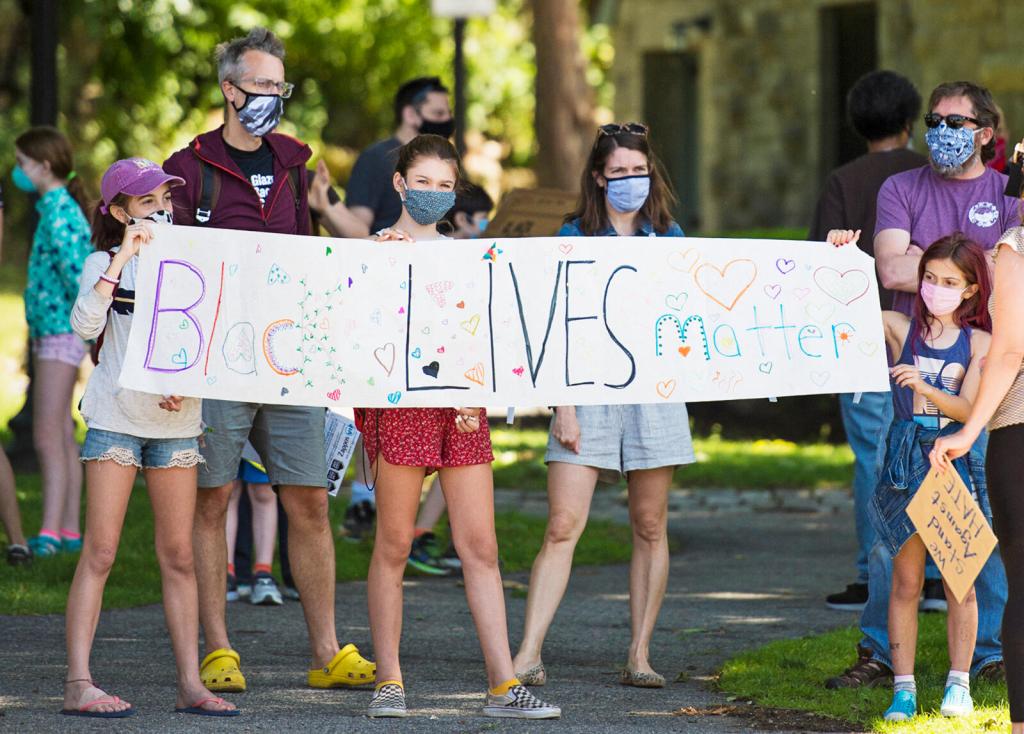
FAMILY AFFAIR Parents join children at a demonstration in Somerville, Massachusetts, in June.
BLAKE NISSEN—THE BOSTON GLOBE/GETTY IMAGES“In the 1960s, I could not have imagined seeing large numbers of families who were not Black out protesting and saying, ‘Black Lives Matter,’” he says. “That’s not something we should take for granted.”
Art for Justice
Taking part in a march or large protest isn’t the only way to fight for equality. Some kids write letters to local and national leaders. Others raise money to support groups that help people. Lately, some young people have been using art as a form of protest. Kids all over the country are showing support for social-justice issues by writing messages with sidewalk chalk. It’s a quieter way to protest that can still make a big impression.






